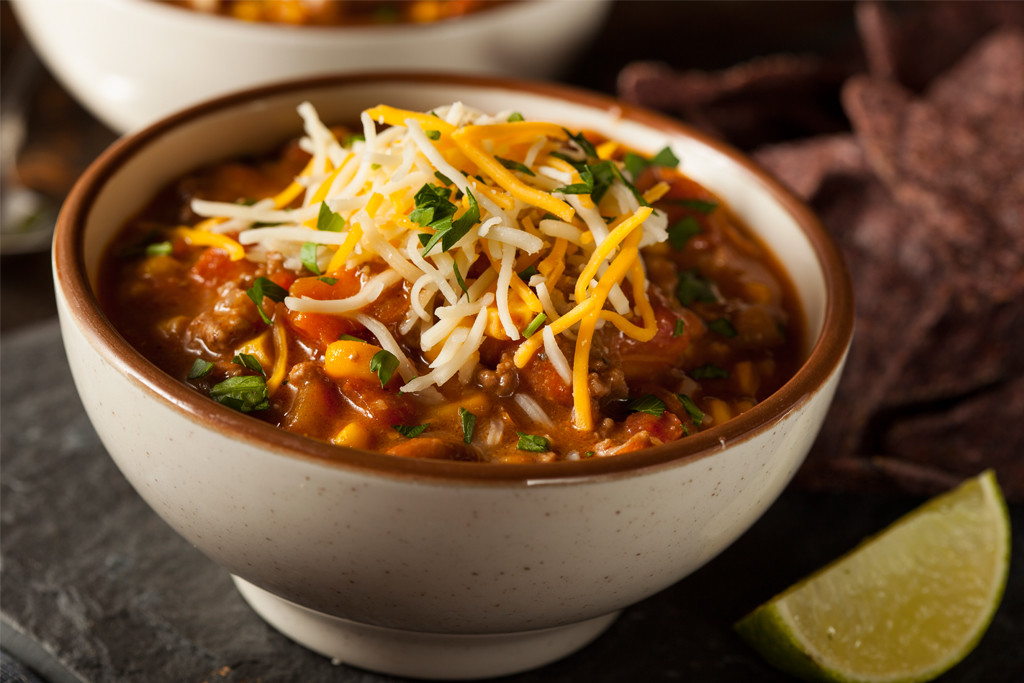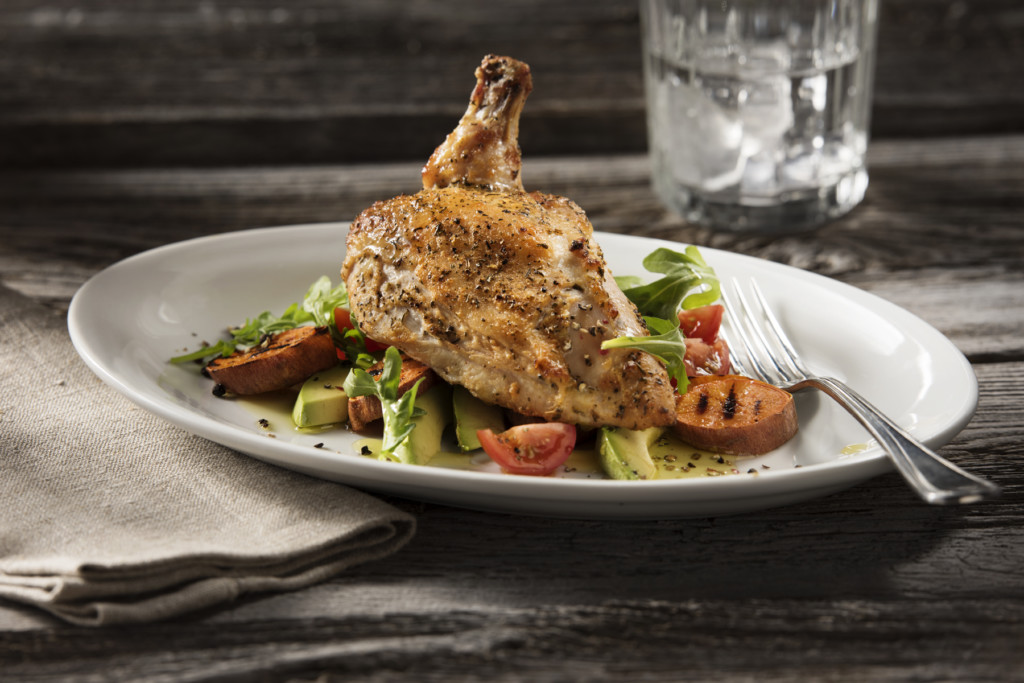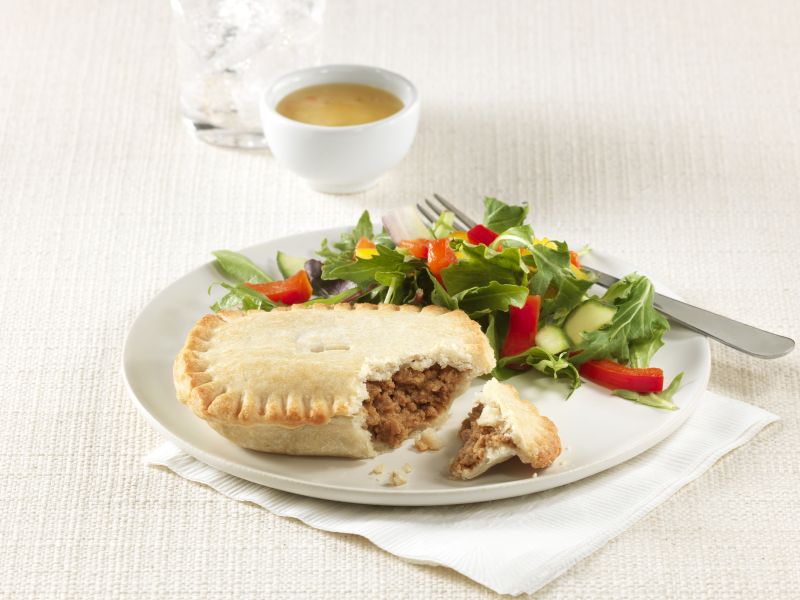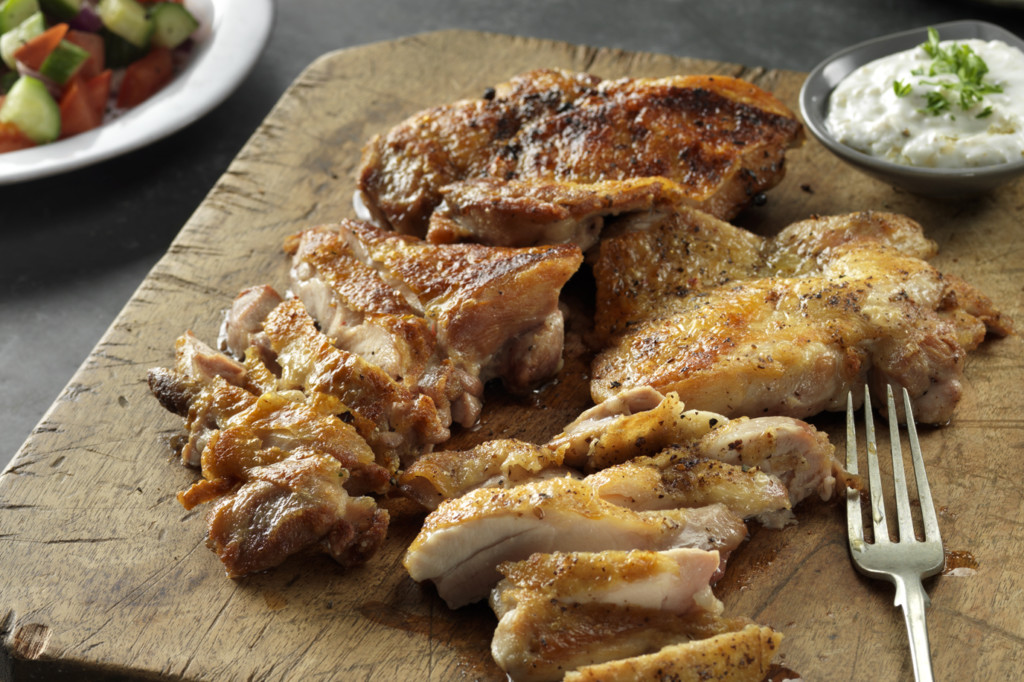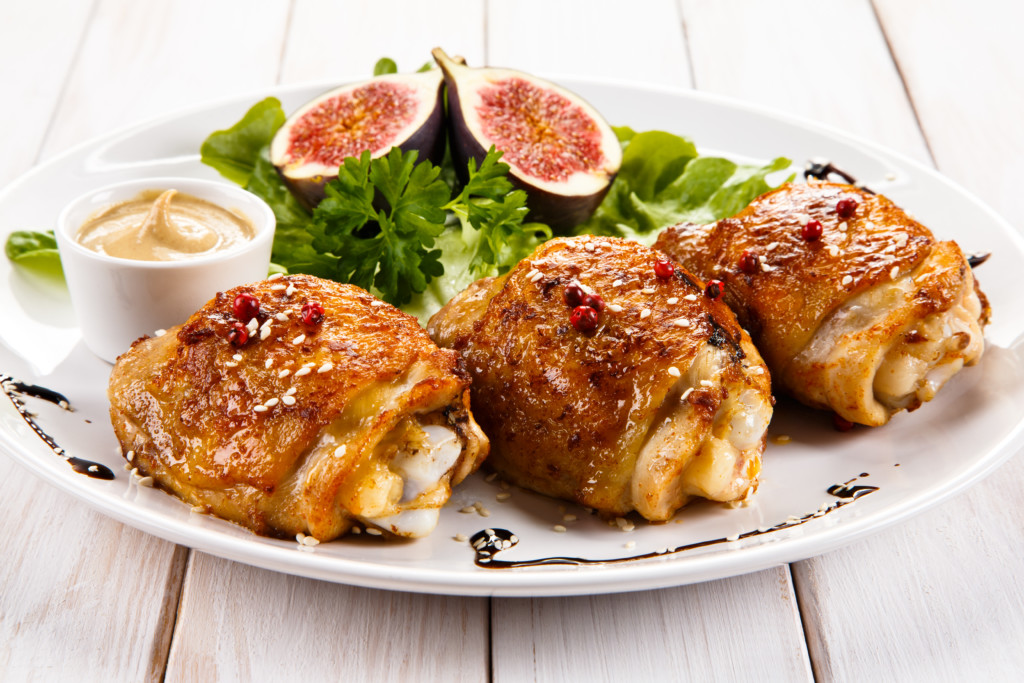Almost 60 percent of Canadians say they are making an effort to change their eating habits. Leaning towards more natural foods, we’re committed to eating less sugar, salt and fat, and are focusing more on fruit, vegetables, grains and lean protein. That’s good news for our long-term health.
If you’re in charge of choosing recipes in hospitals, cafeterias, retirement or long-term care settings, it’s vital to know what Canadians are looking for. The easiest way to support the goal towards healthy eating is to pick recipes with whole, minimally processed ingredients rather than ultra-processed products.
Processed, packaged?
In a recent survey of Canadian adults, over 60 percent said they are looking for products that are free of additives, preservatives, pesticides and hormones. Interestingly, when compared to younger Canadians, older adults are more likely to say that it’s important for their foods to be locally produced, free of additives, and to come...
Read More



